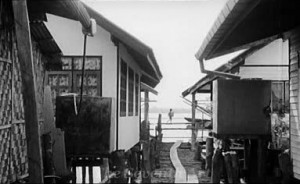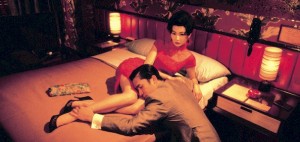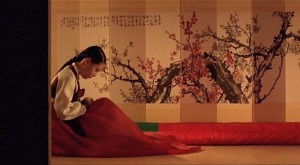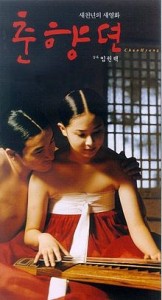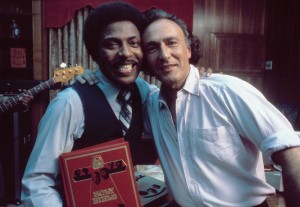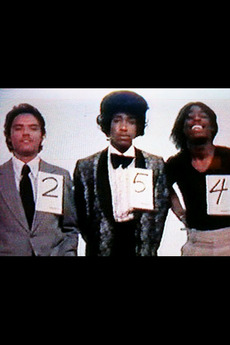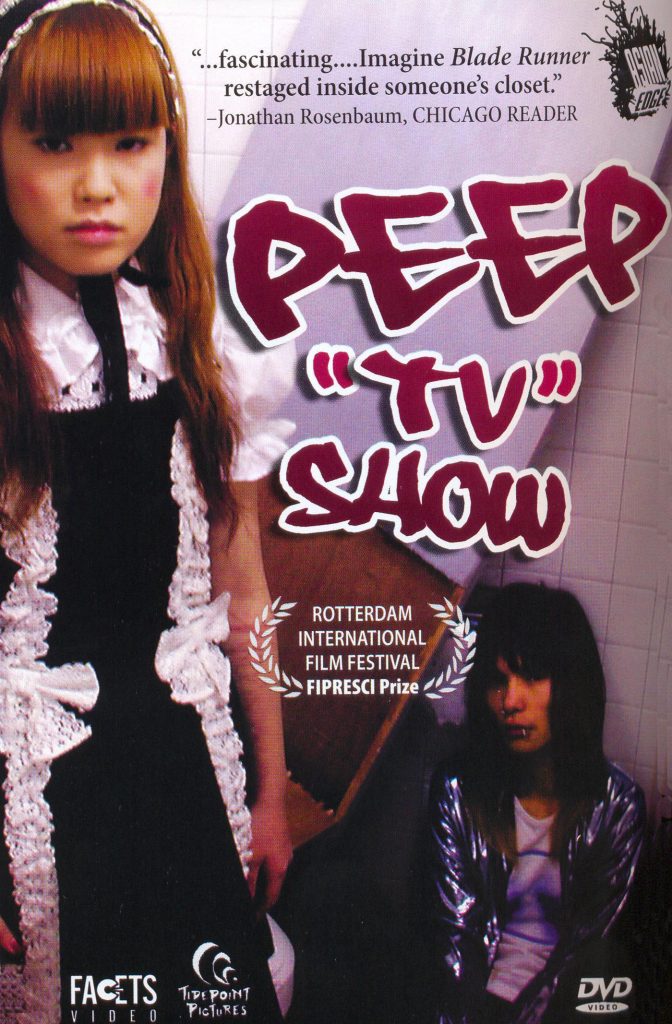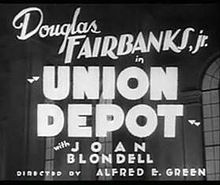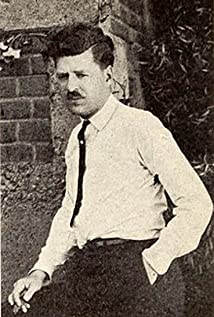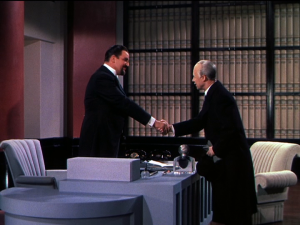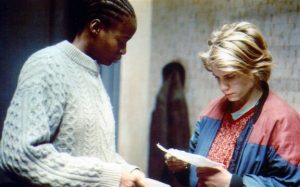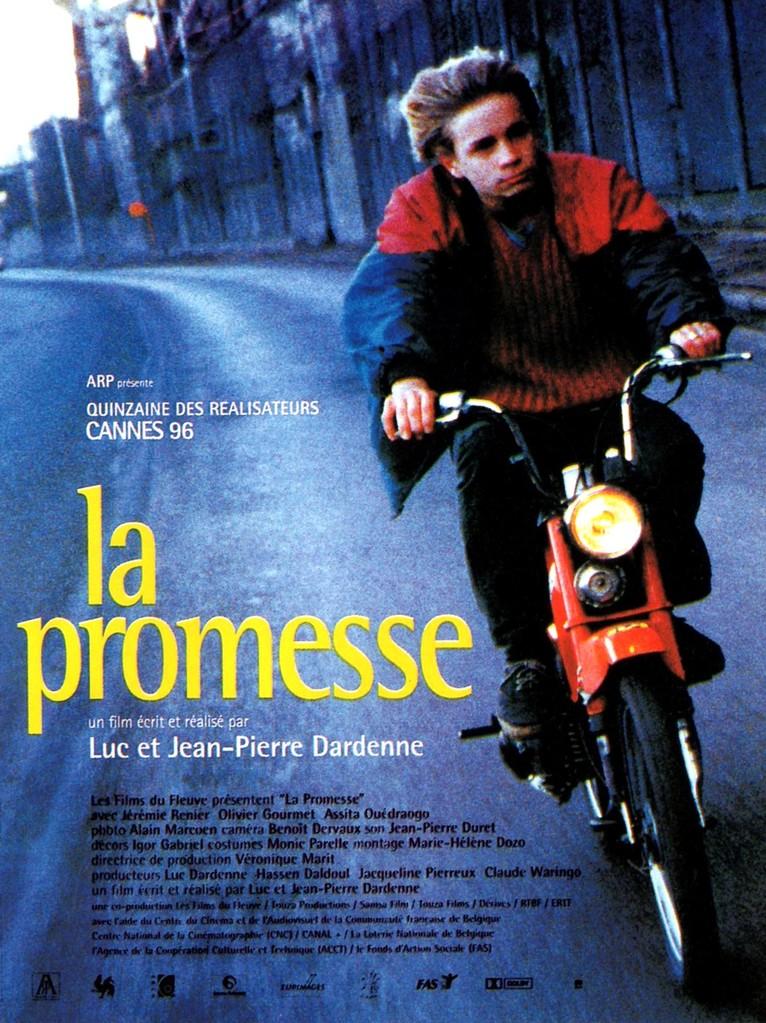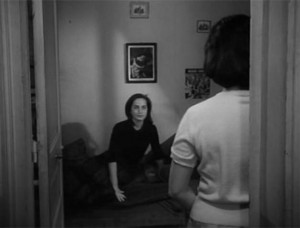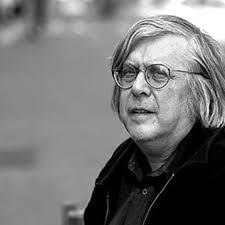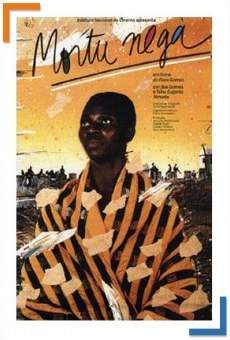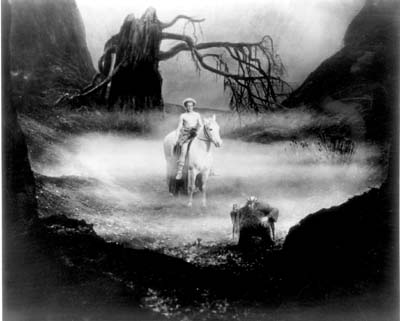From the October 10, 2003 Chicago Reader.
Having taken his formalist bent to extremes in The Circle (2000), Jafar Panahi switches to lumpy neorealism with minimal loss of force. The script by Abbas Kiarostami (who also wrote Panahi’s 2000 The White Balloon) was inspired by a news story about a pizza deliveryman in Tehran who shot a jeweler and then himself in the course of a robbery attempt. Panahi cast a real pizza deliveryman, Hussein Emadeddin, as the robber, only to discover that his overweight, middle-aged lead was a paranoid schizophrenic, which may account in part for his deadpan, oddly commanding presence. The film’s candid treatment of the class resentments brewing in contemporary Tehran have made the film unshowable in Iran, where the government has branded Panahi an American agent — a painful irony given that he couldn’t even enter this country if he wanted to without an inordinate amount of red tape and humiliation. In Farsi with subtitles. 97 min. (JR) Read more


